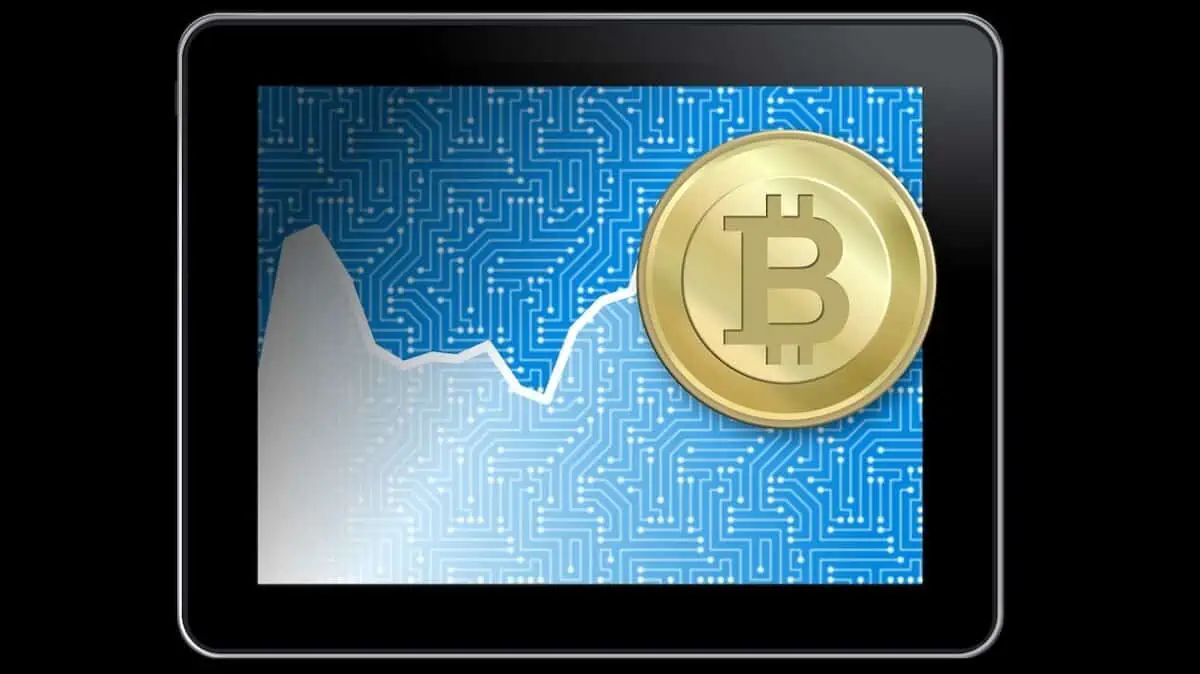Bitcoin, the pioneer of cryptocurrencies, has revolutionized the financial industry, challenging traditional banking systems and establishing a new form of decentralized currency. Its volatile nature and potential for high returns have made it a popular investment vehicle.
Predicting Bitcoin’s price, however, can be like gazing into a crystal ball – filled with potential but also fraught with uncertainty.
The world of Bitcoin prediction involves complex algorithms, intricate charts, and a deep understanding of the crypto market. Traders analyze past trends, current market conditions, and future projections to make informed decisions.
There are numerous prediction models and strategies, from technical analysis to machine learning models, all aimed at predicting how the price of Bitcoin will move. Go to Immediate Evex and make an account there.
Despite the complexity and uncertainty, Bitcoin prediction continues to attract a diverse range of participants. From seasoned investors to the curious novice, many are drawn to the potential rewards it offers. But caution is advised as the stakes can be high. Monitoring trends, understanding market dynamics, and knowing when to trade are all vital skills in the unpredictable world of Bitcoin prediction.
Will Bitcoin’s price be influenced by changes in user adoption rates?
User adoption rates undeniably have a significant impact on Bitcoin’s price. As more individuals embrace Bitcoin, whether for trade, investment, or transactional purposes, the increase in demand drives the price upward.
This correlation between adoption rates and price has been demonstrated time and again in the cryptocurrency’s history, with significant price hikes often coinciding with periods of increased user adoption.
Yet, it’s crucial to understand that user adoption rates are influenced by a multitude of factors. Regulatory changes, technological advancements, market sentiment, and the perceived credibility of Bitcoin all play a role in determining these rates. For example, positive developments such as regulatory approval or technological breakthroughs can boost adoption rates and subsequently increase Bitcoin’s price.
However, it’s important to remember that the relationship between adoption rates and Bitcoin’s price is not strictly linear. The crypto market’s volatility means that prices can fluctuate dramatically even without a corresponding change in adoption rates.
External factors such as market manipulation, speculative trading, and global economic conditions can also impact Bitcoin’s price independently of user adoption. Therefore, while user adoption rates can provide valuable insights, they are just one piece of the complex puzzle that is Bitcoin price prediction.
How do changes in network congestion affect Bitcoin transaction fees and prices?
Network congestion in the Bitcoin network can significantly impact transaction fees and Bitcoin’s price. When the network is congested, it means there are too many transactions waiting to be processed, causing transaction fees to spike. This is because when there is a high demand for transaction processing, miners prioritize transactions with higher fees, causing users who want their transactions processed quickly to offer higher fees.
This increase in transaction fees can indirectly affect Bitcoin’s price. High transaction costs can deter users, particularly those who make frequent small transactions, from using Bitcoin. This can lead to a decrease in demand, which can potentially drive down the price of Bitcoin.
Moreover, during periods of extreme congestion, some users might sell their Bitcoins out of frustration over high fees or long transaction times, further pressuring the price.
However, just like with user adoption rates, the relationship between network congestion and Bitcoin’s price is not straightforward. There are many other factors at play, including market sentiment, regulatory changes, and broader economic conditions.
Plus, alternative scaling solutions, like the Lightning Network, can help alleviate network congestion, potentially mitigating its impact on transaction fees and prices. Therefore, while network congestion can influence Bitcoin transaction fees and prices, it is just one part of a larger, more complex picture.
Final words
In conclusion, Bitcoin prediction is a multifaceted field, involving elements of finance, technology, and human behavior. It’s a realm where meticulous analysis intertwines with unpredictability, making it both challenging and exhilarating. Yet, with the right knowledge and tools, individuals can navigate this volatile landscape more confidently, making informed decisions that could potentially yield substantial rewards.
Predictive models continue to evolve, incorporating more sophisticated algorithms and data analysis techniques. Blockchain technology, artificial intelligence, and machine learning are all playing a significant role in enhancing these models. As these technologies advance, the accuracy of Bitcoin price predictions may improve, providing better guidance for investors and traders.
Despite the inherent uncertainties, one thing is clear: Bitcoin, and the broader world of cryptocurrencies, have firmly established themselves in the global financial landscape. As we continue to witness its evolution and impact, we can look forward to what the future holds with anticipation and preparedness, ready to embrace the opportunities it presents.
Article and permission to publish here provided by Peter Shilton. Originally written for Supply Chain Game Changer and published on December 4, 2023.
Cover image by skylarvision from Pixabay

